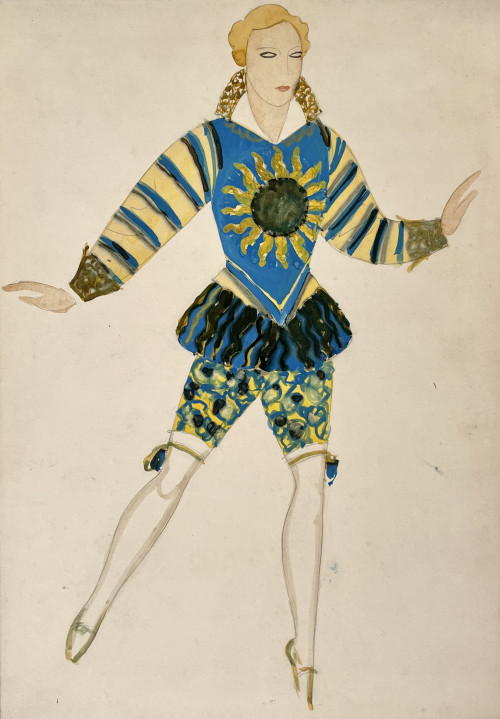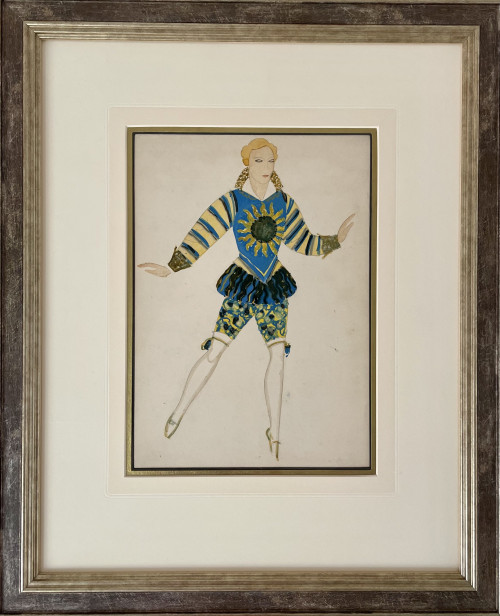- HOME
-
- View All Items
- New Arrivals
- Featured Items
- Artists
-
- View All
- Contemporary
- Birmingham School
- Cotswold Group
- Landscape
- Urban Townscape
- Abstract
- Animals/Birds
- Arts & Crafts
- British Impressionist
- Botanical
- Design/Industrial
- Fantasy/Fairy Subjects
- Female Artists
- Figurative
- Historical
- Illustration/Cartoon
- Marine
- Military/War Artist
- Modern British
- Pre-raphaelite/ Romantic/ Aesthetic
- Nude
- Portrait
- Prints
- Scottish
- Sculpture
- Sporting
- Still Life
- Theatrical
- Interiors/Architectural
-
ARCHIVE
Genre
- View All
- Contemporary
- Birmingham School
- Cotswold Group
- Landscape
- Urban Townscape
- Abstract
- Animals/Birds
- Arts & Crafts
- British Impressionist
- Botanical
- Design/Industrial
- Fantasy/Fairy Subjects
- Female Artists
- Figurative
- Historical
- Illustration/Cartoon
- Marine
- Military/War Artist
- Modern British
- Pre-raphaelite/ Romantic/ Aesthetic
- Nude
- Portrait
- Prints
- Scottish
- Sculpture
- Sporting
- Still Life
- Theatrical
- Interiors/Architectural
- ARTISTS
- Online Exhibitions
- Events
- About
- Contact
- Home
- Medium
- Watercolour & Drawing
- Ducklings by William Huggins
Ducklings by William Huggins
Ducklings by William Huggins
WILLIAM HUGGINS
Ducklings
Signed and dated l.r.: 1882 W Huggins
Coloured chalks
Framed
26.5 by 37 cm., 10 ½ by 14 ½ in. (frame size 46.5 by 56 cm., 18 ¼ by 22 in.)
Huggins was born in Liverpool and studied at the Liverpool Mechanics’ Institution, exhibiting work at the Liverpool Academy of Arts from an early age. Largely and animal painter, he drew from life, sketching the animals in Liverpool’s zoo, Wombwell’s Traveling Menagerie and the many pets and domestic animals in his own household. In addition to his animal subjects, he also painted landscapes and literary themes from Milton, Shelley and Spenser, although the subjects invariably included an animal. He exhibited Androcles and the Lion at the Royal Academy in 1846 and thereafter becoming a regular exhibitor both in London and in other major UK venues. He became a member of the Liverpool Academy in 1850. Examples of his work are in many public collections throughout the UK.
Thank you for your enquiry.
We will get back to you soon.
Please create wishlist to add this item to
RELATED ITEMS



















